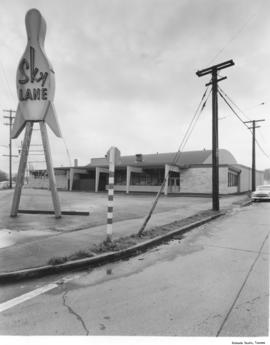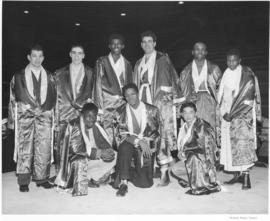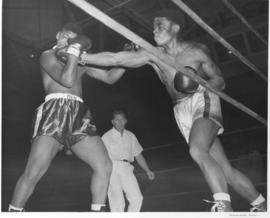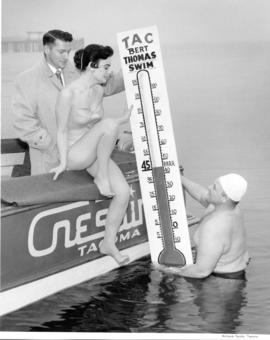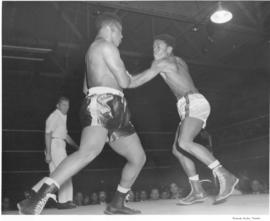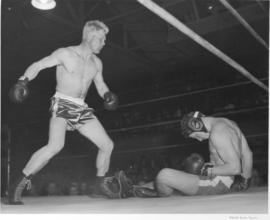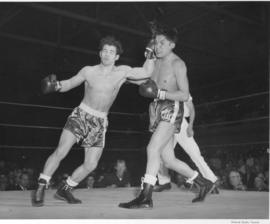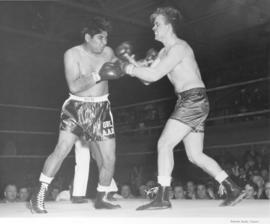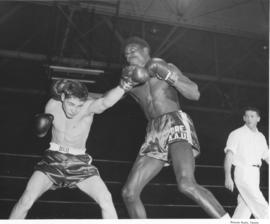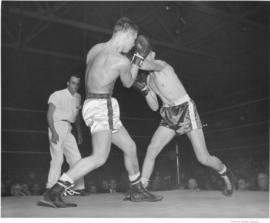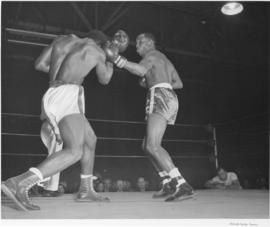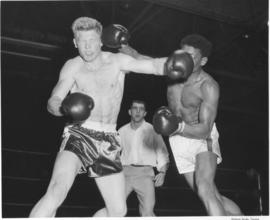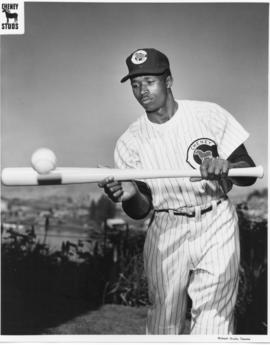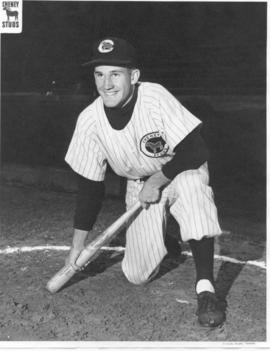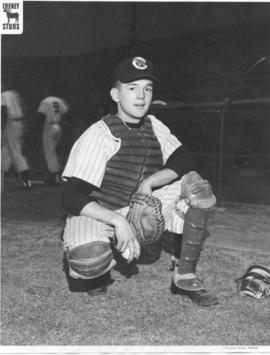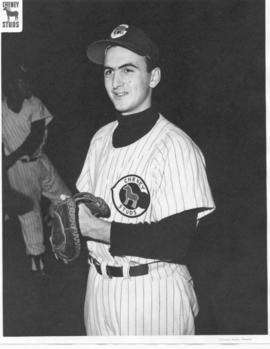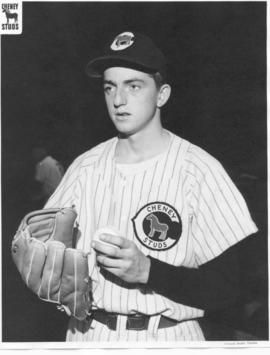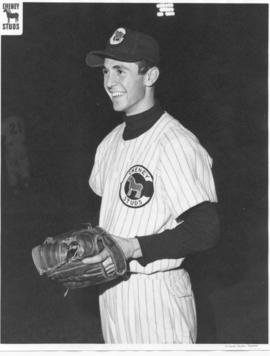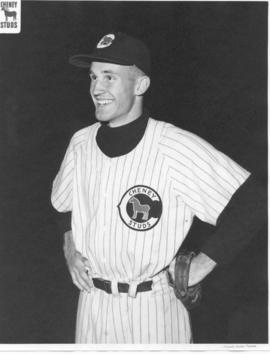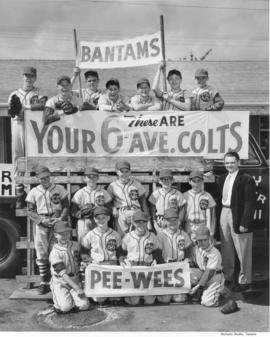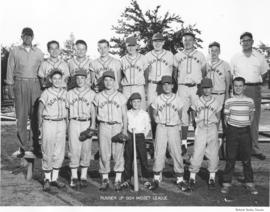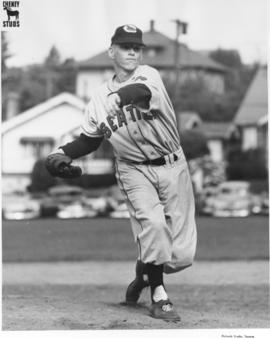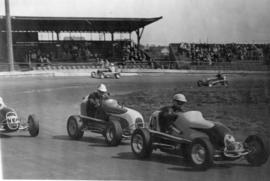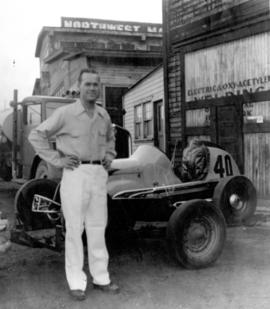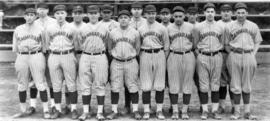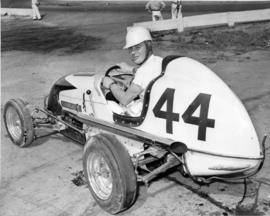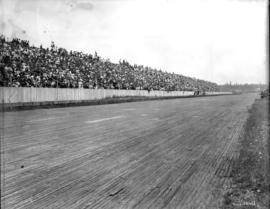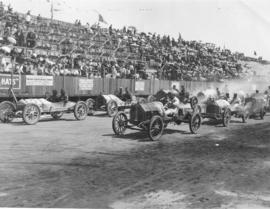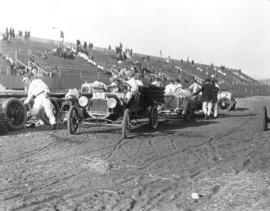1956 Golden Glove champions. These nine young men are the individual champions in their weight category for the eighth annual Golden Gloves tournament sponsored by the Tacoma Athletic Commission. Although six major cities in the Northwest plus the military were represented in the tournament, the majority of champions came from either Portland or Seattle. Kneeling in front are: Tommy Thomas, Portland, 147 pounds, Johnny White, Portland, 132#, and Tommy Takao, Seattle, 112#. Standing left to right are: Tommy Delvecchio, Vancouver, B.C., 139#, Phil Moyer, Portland, 156# , Willie Richardson, Portland, 178#, Bruce Olson, Eugene, heavyweight, Harvey Burke, Portland, 165# and Bobby Hicks, Seattle, 125#. Takao, representing the Royal Athletic Club of Seattle, was the evening's first crowned champion. Hicks, wearing the colors of the George Chemeres Boxing School of Seattle, was voted "Golden Boy" honors, as the most popular fighter. (TNT 1-23-56, p. 17) TPL-10451;
Boxing--Tacoma--1950-1960; Boxers (Sports)--Tacoma--1950-1960; Group portraits; Tacoma Athletic Commission (Tacoma);
